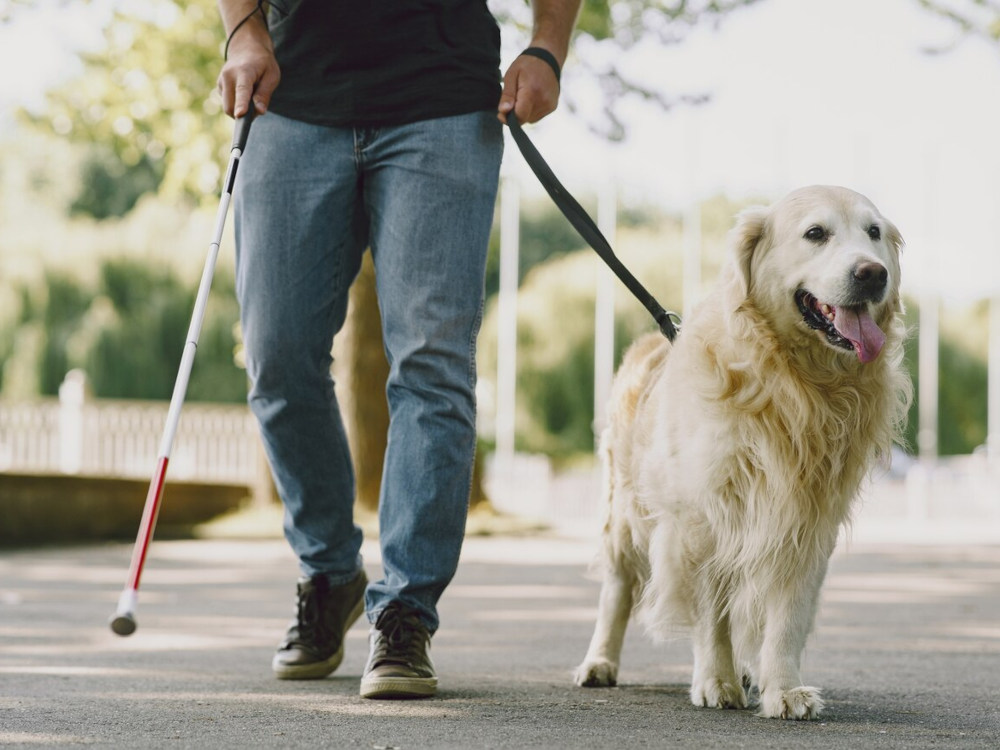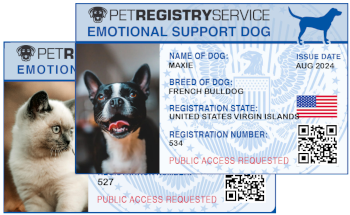Understanding Service Dogs: Essential Companions for Those in Need

Service dogs are more than just pets; they are trained companions that provide vital assistance to individuals with disabilities. These remarkable animals enhance the quality of life for their handlers by performing specific tasks, offering emotional support, and fostering independence.
What Are Service Dogs?
A service dog is a specially trained canine that aids individuals with physical, sensory, psychiatric, intellectual, or other disabilities. According to the Americans with Disabilities Act (ADA), these dogs are not considered pets but working animals. They perform tasks directly related to their handler’s disability, such as guiding visually impaired individuals, alerting deaf individuals to sounds, pulling wheelchairs, or assisting with medical alerts like detecting seizures or low blood sugar.
Types of Service Dogs
- Guide Dogs
Trained to assist individuals who are blind or visually impaired, guide dogs help navigate their surroundings safely. - Hearing Dogs
These dogs alert their handlers to important sounds like doorbells, alarms, or crying babies, ensuring individuals who are deaf or hard of hearing stay aware of their environment. - Mobility Assistance Dogs
These dogs support people with physical disabilities by retrieving objects, opening doors, or providing balance for those who have difficulty walking. - Medical Alert Dogs
These dogs are trained to detect and alert their handlers to specific medical conditions, such as seizures, diabetes, or severe allergies. - Psychiatric Service Dogs
These dogs assist individuals with mental health conditions, such as PTSD, anxiety, or depression, by interrupting harmful behaviors, providing tactile stimulation during panic attacks, or reminding their handler to take medication. - Autism Assistance Dogs
Often paired with children, these dogs provide a calming presence and help improve social interactions and safety awareness.
How Are Service Dogs Trained?
The training process for a service dog is rigorous, often lasting 1-2 years. It begins with basic obedience training, followed by specialized training tailored to the tasks the dog will perform. Professional organizations and trainers ensure that the dogs are well-behaved in public and can handle high-pressure situations.
Not all dogs are suited to become service dogs. Breeds such as Labrador Retrievers, Golden Retrievers, and German Shepherds are commonly chosen due to their intelligence, temperament, and trainability.
Rights of Service Dog Handlers
Under the ADA, service dogs are allowed to accompany their handlers in public spaces, including restaurants, stores, and public transportation. Businesses cannot require proof of a service dog’s certification but may ask two questions:
- Is the dog a service animal required because of a disability?
- What task has the dog been trained to perform?
Service dogs are also exempt from pet fees in housing and travel accommodations. However, they must be well-behaved and under control at all times.
Service Dogs vs. Emotional Support Animals (ESAs)
While service dogs perform specific tasks to assist with disabilities, emotional support animals provide comfort through companionship. ESAs do not require specialized training and are not granted the same legal rights as service dogs under the ADA.
The Impact of Service Dogs
For individuals living with disabilities, service dogs offer more than practical assistance; they provide companionship, confidence, and a sense of independence. The bond between a service dog and their handler is built on trust and mutual respect, creating a partnership that transforms lives.
Service dogs are invaluable allies for those in need, demonstrating the incredible potential of the human-animal bond. Their dedication and training make the world a more accessible place for people with disabilities, proving that dogs truly are man’s best friend.




